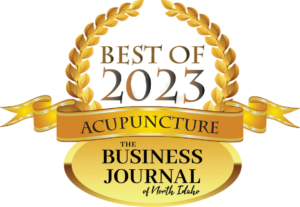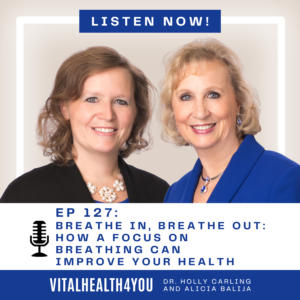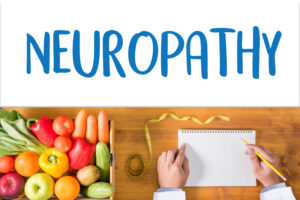For the vast majority of human history sugar was virtually unknown. But when a Persian university refined sugar cane juice into a solid form after 600 A.D., transportation and trade of sugar became possible. Human addiction for sugar grew so voracious that it spread from Persian to Islamic to European empires, eventually driving over two thirds of the transatlantic slave trade from the 16th to the 19th century. In 1700, the average person consumed about 4 pounds of sugar per year. This grew to 90 pounds in 1900. Today, the average American consumes almost 152 pounds of sugar in one year!
But what drives these cravings? And what is so bad about sugar anyway?
Sugar has a powerful impact on the dopamine or “reward” system in the brain. The neurotransmitter dopamine is released in the brain in response to a rewarding event, encouraging brain cells to act in a pleasurable, euphoric way. Drugs such as cocaine, heroin and nicotine hijack this same system.
Many can testify that they reach for sweets when they are stressed or depressed and in need of comfort. Breast milk is very sweet, and high doses of dopamine are released in the brain of a nursing infant. Dubbed the ‘love hormone’ high doses of oxytocin are also released in a nursing infant, and the combination creates a deeply primal brain connection between the sweet taste and the experience of pleasure and comfort.
The downside? The human body is not designed to process much sugar. Nature cushions sugars in fiber in the form of fruit, grain and vegetables, which slows the release of glucose into the blood. Refined sugar devoid of fiber causes a “big dump” of glucose into the blood, which the body perceives as poison and desperately tries to clear as quickly as possible. A wide variety of modern-day illness from diabetes to cancer, obesity and even heart disease and depression are the result.
Sugar is also detrimental to the immune system. A research study at Loma Linda University found that the effectiveness of white blood cells decreased up to fifty percent one to two hours after sugar consumption, an effect that lasted up to five hours! As if that weren’t enough, cancer cells are well known “glucose guzzlers”.
While we know that sugar is “bad for us”, we tend to downplay the gravity of its daily consumption. The truth is that sugar is a powerful addiction—and because of this, it has to be treated as such. Here at Vital Health we use a highly effective combination of acupuncture and targeted nutritional supplements to quickly reduce sugar cravings while correcting the ravages of long term sugar use.
©2021 Darcy Greenwald, M.S.O.M., L.Ac. and Vital Health







